|
 Leucoagaricus leucothites Leucoagaricus leucothites
SynonymsLeucoagaricus holosericeus
Leucoagaricus naucinus
Agaricus holosericeus
Agaricus naucinus
Agaricus praecox
Agrocybe praecox
Pholiota praecox
Agaricus leucothites
Lepiota naucina
Lepiota leucothites
BiostatusPresent in region - Exotic
Images (click to enlarge)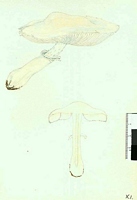
Caption: Watercolour
Owner: G.M. Taylor | 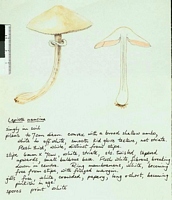
Caption: Watercolour
Owner: G.M. Taylor | 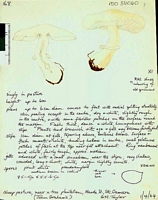
Caption: Watercolour
Owner: G.M. Taylor | 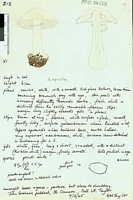
Caption: Watercolour
Owner: G.M. Taylor | 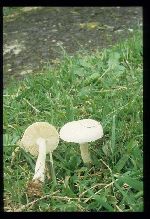
Caption: Landscape Road.
Owner: B.P. Segedin | 
Owner: J.A. Cooper | 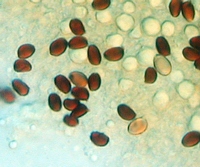
Caption: dextrinoid spores
Owner: J.A. Cooper | 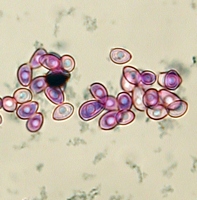
Caption: metachromatic spores
Owner: J.A. Cooper | 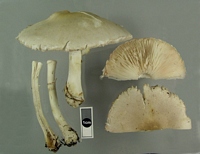
Owner: J.A. Cooper | 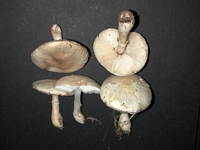
Caption: fruitbody
Owner: J.A. Cooper | 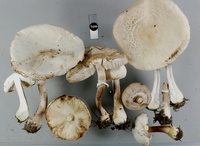
Owner: J.A. Cooper | 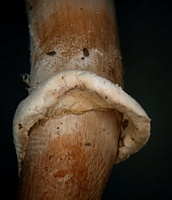
Owner: J.A. Cooper | 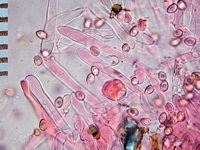
Caption: cap surface hyphae
Owner: J.A. Cooper | 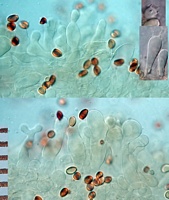
Caption: cheilocystidia
Owner: J.A. Cooper | 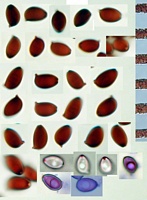
Caption: spores (melzers). Bottom: immature and mature spores in cresyl blue.
Owner: J.A. Cooper | 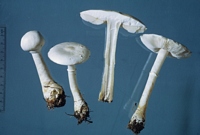
Owner: Herb. PDD | |
Article: Watling, R.; Taylor, G.M. (1987). Observations on the Bolbitiaceae: 27. Preliminary account of the Bolbitiaceae of New Zealand. Bibliotheca Mycologica 117: 61 p. + 17 pl.
Notes: Leucoagaricus holosericeus (Fries) Moser apud Gams
As Agaricus praecox, in field, Napier, Colenso, b 283 and retained there by Horak (197ib) but we differ in our interpretation of the material. The basidiospores are metachromatic, dextrinoid (9.5-10.5 x 6 µm) and the cheilocystidia characterise a member of the L. naucina group. Parallel species are known from New Zealand and they may well have been introduced; they are generally more frequent in countries with warmer climates. A collection has been located in PDD (40317) filed under Armillaria.
Article: Horak, E. (1971). A contribution towards the revision of the Agaricales (Fungi) from New Zealand. New Zealand Journal of Botany 9(3): 403-462 (http://www.rsnz.org/publish/abstracts.php).
Notes: Pholiota praecox (Fries) (6) = Agrocybe praecox (Fries) Fayod The collection
(COLENSO b 283) contains a single, immature carpophore but all found
characters correspond well with those of the type. It has probably been introduced
from overseas.
|